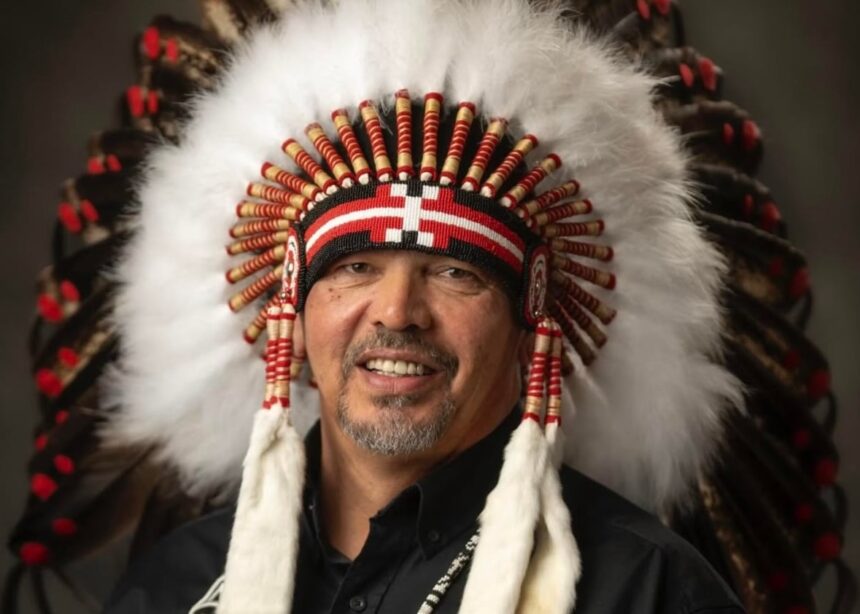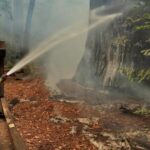Behind closed doors of law firms across Canada, a disturbing pattern has emerged that threatens the financial stability and sovereignty of Indigenous communities. Recent investigations have uncovered millions in questionable legal fees charged to First Nations communities, revealing what appears to be systematic exploitation by those sworn to protect their interests.
The issue came to light last month when the Matachewan First Nation in northern Ontario discovered they had been charged over $2.4 million by a prominent law firm for services that independent legal experts later valued at approximately $800,000. Chief Eleanor Batisse expressed her community’s outrage: “We trusted these professionals to represent our interests fairly. Instead, we found ourselves trapped in a predatory financial arrangement that diverted funds meant for community development.”
This case isn’t isolated. According to data compiled by the Indigenous Justice Association, at least 17 First Nations across the country have reported similar experiences in the past three years, with legal overcharges estimated to exceed $31 million collectively. These excessive fees typically emerge during critical negotiations involving land claims, resource management, and government settlements—precisely when communities are most vulnerable.
Legal experts point to several troubling practices, including inflated hourly rates, unnecessary procedural steps, and deliberate file-stretching. “There’s a clear pattern of taking advantage of the power imbalance,” explains Dr. Michael Rousseau, professor of Indigenous law at the University of British Columbia. “Many of these communities lack the specialized knowledge to evaluate complex legal billing practices or the resources to challenge them.”
The Canadian Bar Association has acknowledged the problem, recently establishing a task force to examine legal fee structures for Indigenous clients. However, critics argue this self-regulation is insufficient, citing the inherent conflict of interest.
“This exploitation exists within a broader historical context,” notes Sarah Cardinal, Indigenous rights advocate and former legal advisor. “The same legal system that facilitated the dispossession of Indigenous lands now profits from First Nations’ attempts to reclaim their rights through that very system.”
The federal government has remained notably silent on the issue. When approached for comment, the Ministry of Indigenous Services Canada provided only a general statement about “commitment to reconciliation” without addressing specific concerns about legal fee exploitation.
Some communities have found ways to protect themselves. The Nisga’a Nation in British Columbia has implemented a legal fee review panel consisting of community members with financial and legal expertise. Since its formation, they’ve reported a 40% reduction in legal costs while maintaining quality representation.
Parliament is now facing mounting pressure to enact legislative protections. A private member’s bill introduced last week proposes mandatory fee transparency, caps on contingency arrangements, and an independent review mechanism for Indigenous legal services.
As these issues unfold in courtrooms and community halls across the country, the question remains: in a nation purportedly committed to reconciliation, how can we allow the very system designed to protect rights to become another vehicle for exploitation of First Nations communities?










